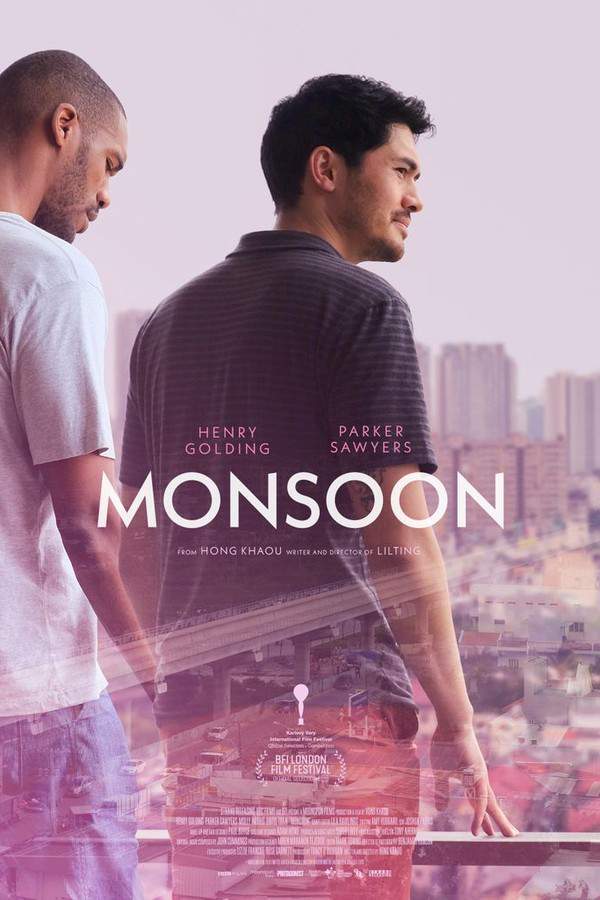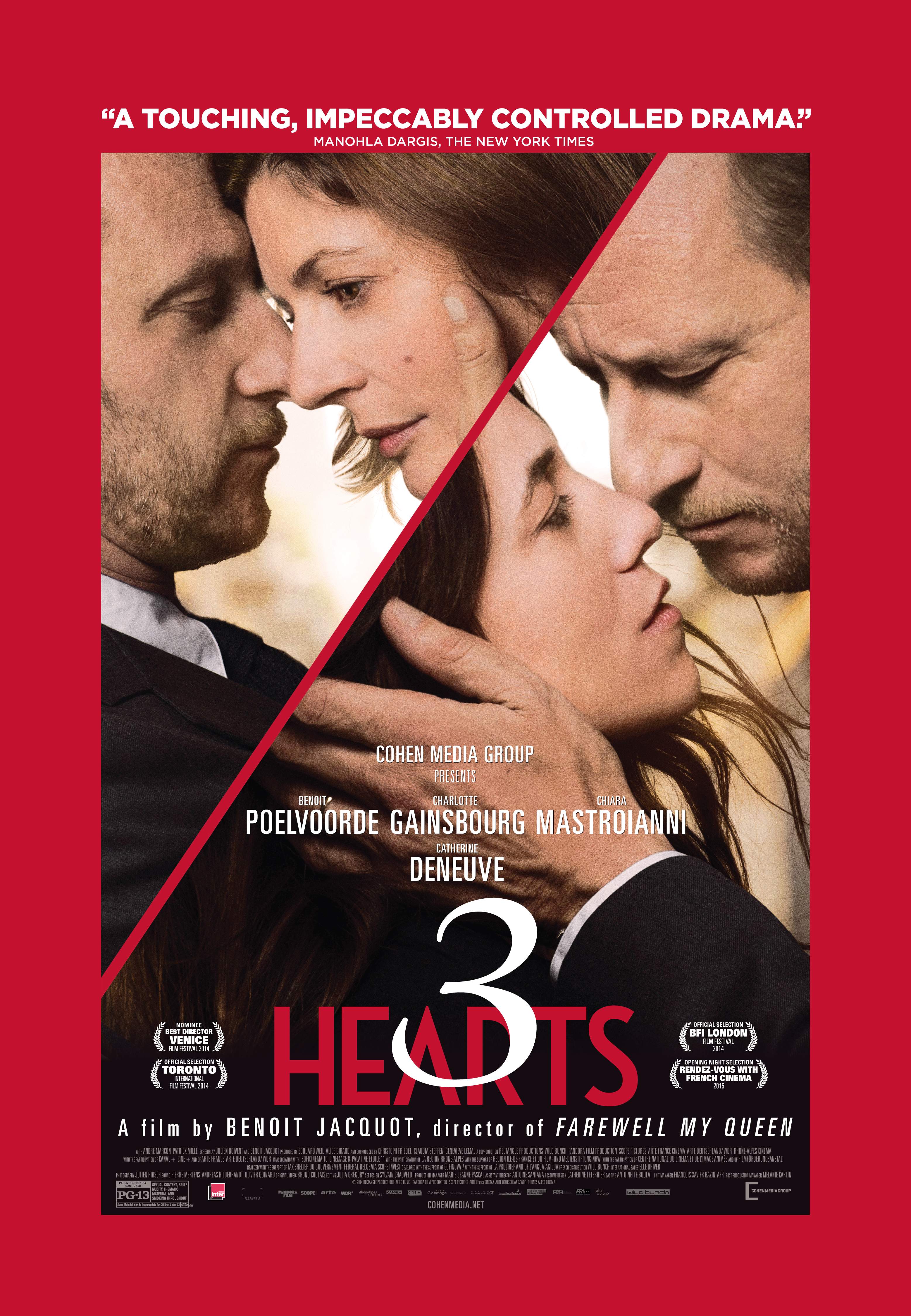
Three Seasons
Year: 1999
Runtime: 105 mins
Language: Vietnamese
Director: Tony Bui
In Ho Chi Minh City, residents confront modernization and poverty. A retired American Marine comes back to find the daughter he left after the Vietnam War. A cyclo driver falls for a prostitute and schemes to fund time together. Meanwhile, a young woman gathers lotuses for a leprous writer, and a child trinket seller loses his case.
Warning: spoilers below!
Haven’t seen Three Seasons yet? This summary contains major spoilers. Bookmark the page, watch the movie, and come back for the full breakdown. If you're ready, scroll on and relive the story!
Three Seasons (1999) – Full Plot Summary & Ending Explained
Read the complete plot breakdown of Three Seasons (1999), including all key story events, major twists, and the ending explained in detail. Discover what really happened—and what it all means.
In the misty mornings of Saigon, young girls wake up to pluck lotus blossoms from a flower pond, bundling them to sell to American tourists and fellow Vietnamese alike. To pass the time, they sing rich folk songs that touch the heart of a poet living in an old temple overlooking the pond. The poet, Teacher Dao, suffered leprosy at 26 and had consequently lost his fingers.
Among the girls is a newcomer, Kien An, and the group is soon swept into the bustle of Saigon, where the lotus are sold in bundles for 5,000 đồng VND (roughly 30 cents USD). The city hums with a mix of beauty and hardship, exposing different strands of its inhabitants.
Hai is a cyclo driver who hangs out near a grand hotel, while Woody, a nine- or ten-year-old street peddler, carries a box of cigarettes, chewing gum, and assorted odds and ends on a strap over his shoulder. Through a chance meeting, Hai falls in love with Lan, who works as a prostitute in the city’s grand hotels. Despite the apparent glamour, Lan harbors a quiet resentment toward herself and the life she leads. She confides to Hai that she won’t be doing this job for long and dreams of sleeping in an air-conditioned room, with no one to bother her. She longs to reinvent herself in the wake of Western comforts she sees all around her, and Hai respects her struggle, sensing the depth of her pain even as he cares for her.
A pivotal moment arrives when Hai wins $200 USD in a cyclo race and uses it to try to fulfill Lan’s dream. Yet, the moment of possibility brings its own burden, and Lan feels guilty and rejects Hai’s advances, believing she doesn’t deserve the chance he offers. In a quiet, luminous scene, Lan finally comes to terms with herself and with Hai as he leads her toward a place alive with red phượng vỹ blossoms. Wearing a stunning white áo dài, Lan marvels at the beauty around her, and for a moment the future seems to hold real promise.
The film also follows Kien An’s tale, which juxtaposes the old ways against the modern push toward Western convenience. Her songs capture Dao’s attention, stirring memories of his own younger days along the river markets when he felt light and pure. Dao shares a recurring dream with Kiên An: he imagines visiting the river markets and dropping white lotuses to drift downriver. Kiên An sees in his dream a longing she might be able to help fulfill.
For Kiên An, the most intimate friendship forms through art and care. She promises to help him, offering to lend him her fingers so he might write again, even as old age and leprosy begin to take their toll. She frequently visits his temple to copy the verses he recites, keeping alive the memory of a poet who once held the world in his hands with words.
As Dao’s health wanes, his final wish is entrusted to Huy, Dao’s headman. Huy carries out this last request and presents Kiên An with Dao’s poetry book, which holds a never-before-seen photograph of the poet in his prime. The two speak softly of what was and what might still be, and Kiên An continues to bring lotus flowers to the river market, echoing Dao’s dream.
Meanwhile, James Hager, an American G.I., returns to Vietnam hoping to find his daughter and to come to peace with a country that has changed so much since his own days there. He sits before a hotel for weeks, smoking and waiting, as those around him watch with a mix of curiosity and sympathy. His path eventually intersects with Kiên An’s world when he is given a bundle of lotus buds she has gathered, a small gesture that hints at reconciliation between disparate lives.
These interwoven threads illuminate the film’s quiet theme: a country teetering between memory and modernization, between old rituals and new ambitions. Kiên An embodies the old, unshakeable rhythms of Vietnamese life, living almost untouched by time. Lan represents the present, attempting to adapt and reinvent herself in a world shaped by Western wealth and appetite. Hai stands as a bridge between past and present, a witness to change who moves through the city with a restrained, observant grace. Woody signifies the future—naive, hopeful, and easily overwhelmed by the storm of modernization. His young life culminates in a simple joy, playing soccer with friends in the rain, a small, tender note of resilience amid upheaval.
Through these intertwined lives, the film paints a compassionate portrait of a vanishing culture, showing how poetry, love, and memory can offer solace even as a city, and a country, undergo rapid transformation.
Last Updated: October 09, 2025 at 10:43
Unlock the Full Story of Three Seasons
Don't stop at just watching — explore Three Seasons in full detail. From the complete plot summary and scene-by-scene timeline to character breakdowns, thematic analysis, and a deep dive into the ending — every page helps you truly understand what Three Seasons is all about. Plus, discover what's next after the movie.
Three Seasons Timeline
Track the full timeline of Three Seasons with every major event arranged chronologically. Perfect for decoding non-linear storytelling, flashbacks, or parallel narratives with a clear scene-by-scene breakdown.

Characters, Settings & Themes in Three Seasons
Discover the characters, locations, and core themes that shape Three Seasons. Get insights into symbolic elements, setting significance, and deeper narrative meaning — ideal for thematic analysis and movie breakdowns.

Similar Movies to Three Seasons
Discover movies like Three Seasons that share similar genres, themes, and storytelling elements. Whether you’re drawn to the atmosphere, character arcs, or plot structure, these curated recommendations will help you explore more films you’ll love.
Explore More About Movie Three Seasons
Three Seasons (1999) Scene-by-Scene Movie Timeline
Three Seasons (1999) Movie Characters, Themes & Settings
Three Seasons (1999) Spoiler-Free Summary & Key Flow
Movies Like Three Seasons – Similar Titles You’ll Enjoy
Three Times (2006) Spoiler-Packed Plot Recap
Monsoon (2020) Spoiler-Packed Plot Recap
3 Hearts (2015) Movie Recap & Themes
Three Summers (2019) Spoiler-Packed Plot Recap
Monsoon (2019) Complete Plot Breakdown
Season for Love (2018) Full Movie Breakdown
Three (2005) Story Summary & Characters
Seasons Change (2006) Complete Plot Breakdown
Lovestruck in the City (1000) Spoiler-Packed Plot Recap
Sai Gon in the Rain (2020) Detailed Story Recap
Nostalgia for the Countryside (1995) Complete Plot Breakdown
Three, Two, One (1974) Complete Plot Breakdown
Three Summers (1992) Full Summary & Key Details
My Favorite Season (1993) Ending Explained & Film Insights
Season of Good Rain (2009) Plot Summary & Ending Explained

















